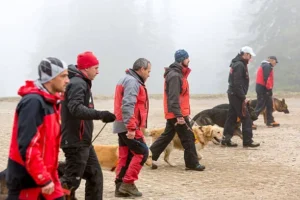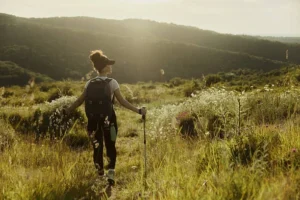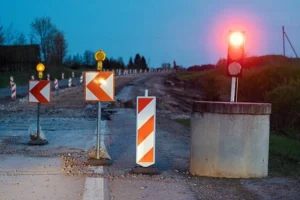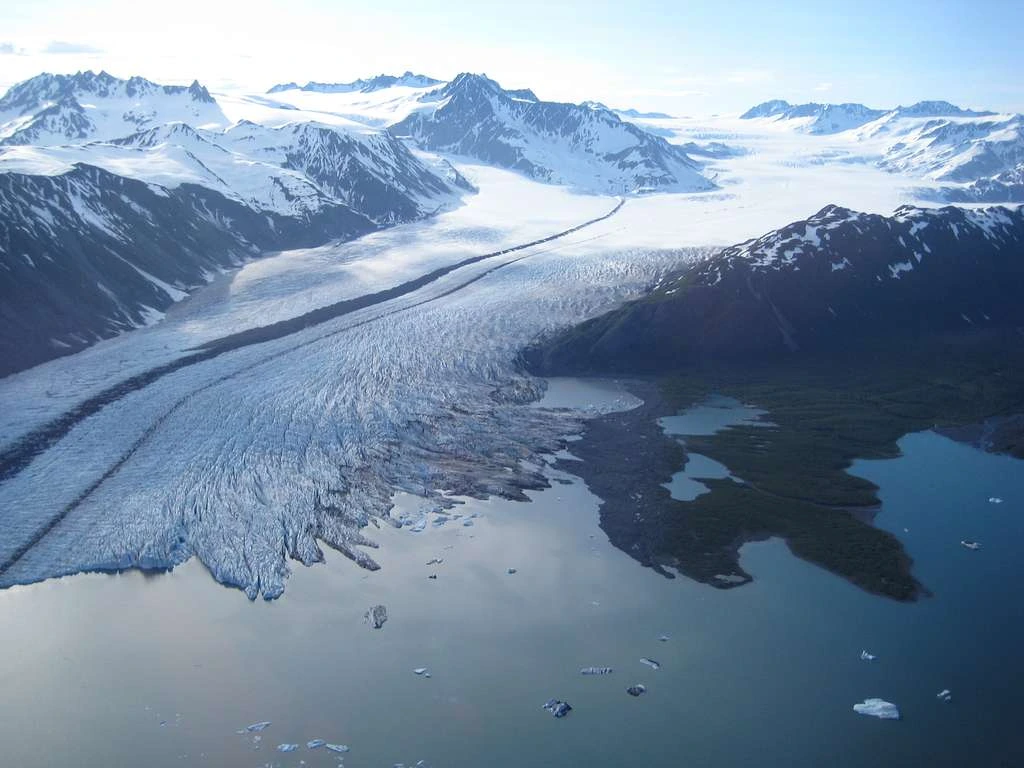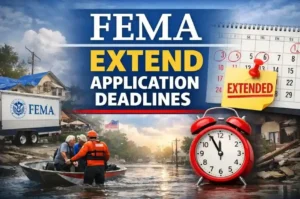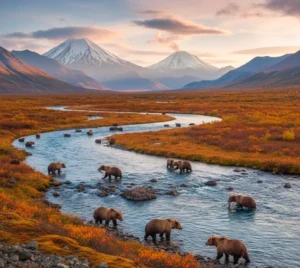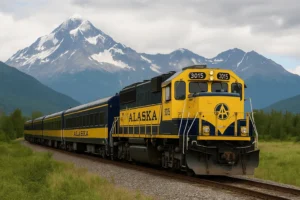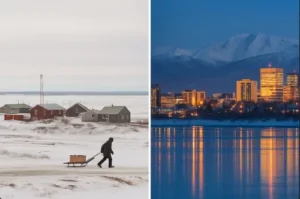Table of Contents
Alaska’s parks are changing, and not in a good way. Climate change is affecting these iconic geographies, leaving a visible mark on glaciers, wildlife, and entire ecosystems.
In this article, we will take you through exactly how climate change is affecting the national reserve. You will discover how rising temperatures, glacier retreats, and permafrost thaw are altering these grounds and what it means for all of us.
Temperature Changes
Did you know that Alaska has warmed by an average of 3°F (1.7°C) over the last 60 years? That’s more than twice the global average. Winters have seen an even sharper rise—6°F (3.3°C). And it’s not stopping there. By the year 2100, temperatures could climb another 5.5°F to 11°F.
This warming isn’t just about numbers; it’s impacting everything. Warmer winters mean less snow, earlier melts, and longer growing seasons. While it might sound nice at first, it’s throwing the state’s delicate balance out of sync.
Melting Giants: The Fate of Alaska’s Glaciers
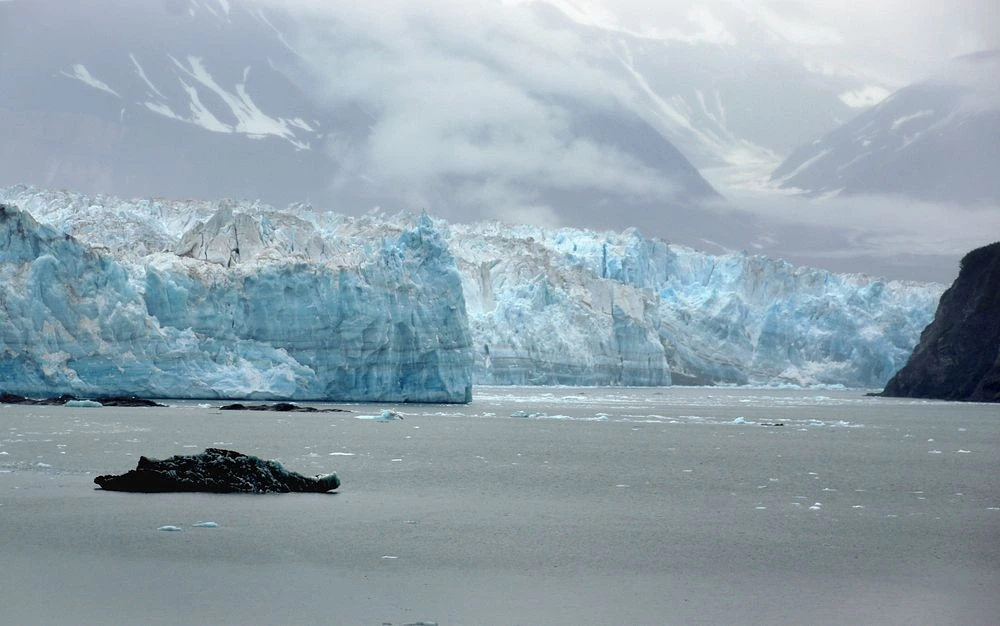
Glaciers are one of Alaska’s most stunning features, but they’re disappearing fast. Let’s take Denali National Park, where glaciers cover about 1,563 square miles. Over recent decades, most of these glaciers have been shrinking. Why? Warmer temperatures and longer melting seasons.
If you’ve ever visited Glacier Bay, you might have marveled at the massive sheets of ice plunging into the ocean. Sadly, many glaciers here are retreating, and some might vanish entirely within decades. This isn’t just bad news for the scenery it’s also a huge problem for wildlife and people who rely on glacier-fed rivers.
The Hidden Crisis: Thawing Permafrost
Beneath the surface lies something called permafrost a layer of frozen soil that has stayed solid for thousands of years. But now, permafrost thaw in these reserves is speeding up.
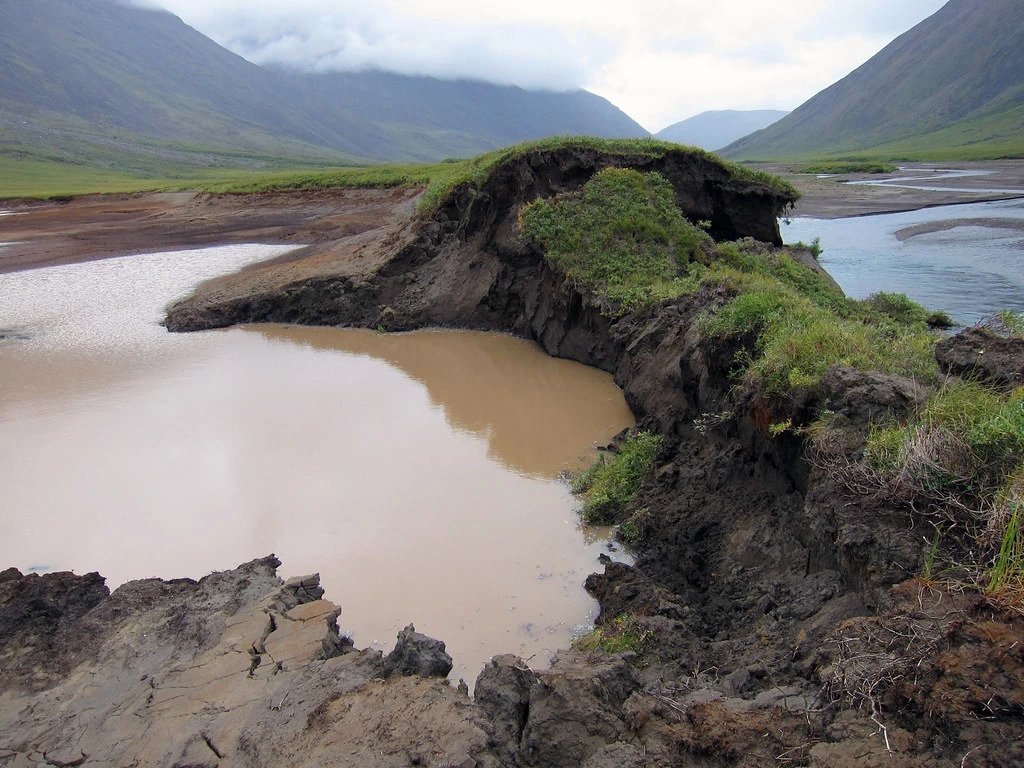
Here’s why it matters: Thawing permafrost releases greenhouse gases like methane and carbon dioxide into the atmosphere, which makes climate change worse. It’s a vicious cycle. On top of that, thawing ground causes the landscape to sink and crack, damaging roads, buildings, and habitats.
Snowpacks and Shifting Seasons
Wonderful National Parks of Alaska are known for their snowy winters, but those blankets of white are thinning. In southern and western areas, snowpacks are expected to shrink by 20% to 90%. And when the snow does fall, it melts earlier than ever before.
This affects rivers, fish, and even forests. Without a steady supply of snowmelt, plants and animals that depend on cold water sources are struggling to adapt.
Extreme Weather is the New Normal
Have you noticed how the weather seems more unpredictable everywhere? Alaskan grounds are no exception.
- In 2022, Alaska had its third wettest summer in 73 years, causing severe flooding and landslides.
- Wildfires are also on the rise. The number of large fires in Alaska’s forests and tundras has doubled in the past decade. By 2100, the area burned each year could triple.
These extreme events disrupt ecosystems and make it harder for wildlife to survive.
Wildlife Feeling the Heat
Let’s talk about the animals. Wildlife affected by climate change are facing some tough challenges.
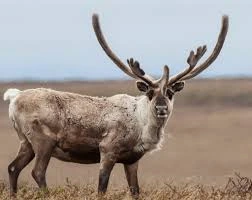
Caribou are struggling to find food as warming temperatures shift plant growth. Polar bears are losing hunting grounds as sea ice melts. Birds, too, are changing their migration patterns, arriving earlier or leaving later than they used to.
These changes ripple through the food chain, affecting everything from insects to predators.
Impacts on Forests and Vegetation
Alaskan forests are changing in ways you might not expect. With a longer growing season about 45% longer than a century ago you’d think forests would thrive. But it’s a mixed bag.
Warmer temperatures allow invasive plants to spread, outcompeting native species. In some areas, trees are growing faster, while in others, die-offs are becoming more common. Forests are losing their ability to act as carbon sinks, which makes climate change worse.
Adapting to Change
So, what’s being done about all this? Climate adaptation in national meadows is a top priority for scientists and park managers.
- They’re monitoring glaciers, wildlife, and vegetation to understand how things are changing.
- Efforts are underway to protect vulnerable species and restore damaged habitats.
- Public education campaigns are helping visitors learn about the challenges these grounds face and how they can help.
Why It Matters
Alaskan parks aren’t just a treasure for the state; they’re a global heritage. When you think about environmental changes in national parks of Alaska, remember that these changes reflect what’s happening worldwide.
By taking action whether through reducing emissions, supporting conservation efforts, or simply spreading awareness we can all play a part in protecting these incredible places.
FAQs
Most glaciers are retreating due to rising temperatures and longer melting seasons. Some may disappear entirely within decades.
Thawing permafrost releases greenhouse gases, which worsen global warming. It also damages landscapes and infrastructure.
Many animals, like caribou and birds, are changing migration patterns or struggling with habitat loss.
Recovery is challenging, but efforts like monitoring and habitat restoration are helping parks adapt.
Visitors can reduce their carbon footprint, follow park guidelines, and support conservation initiatives to protect these parks.

